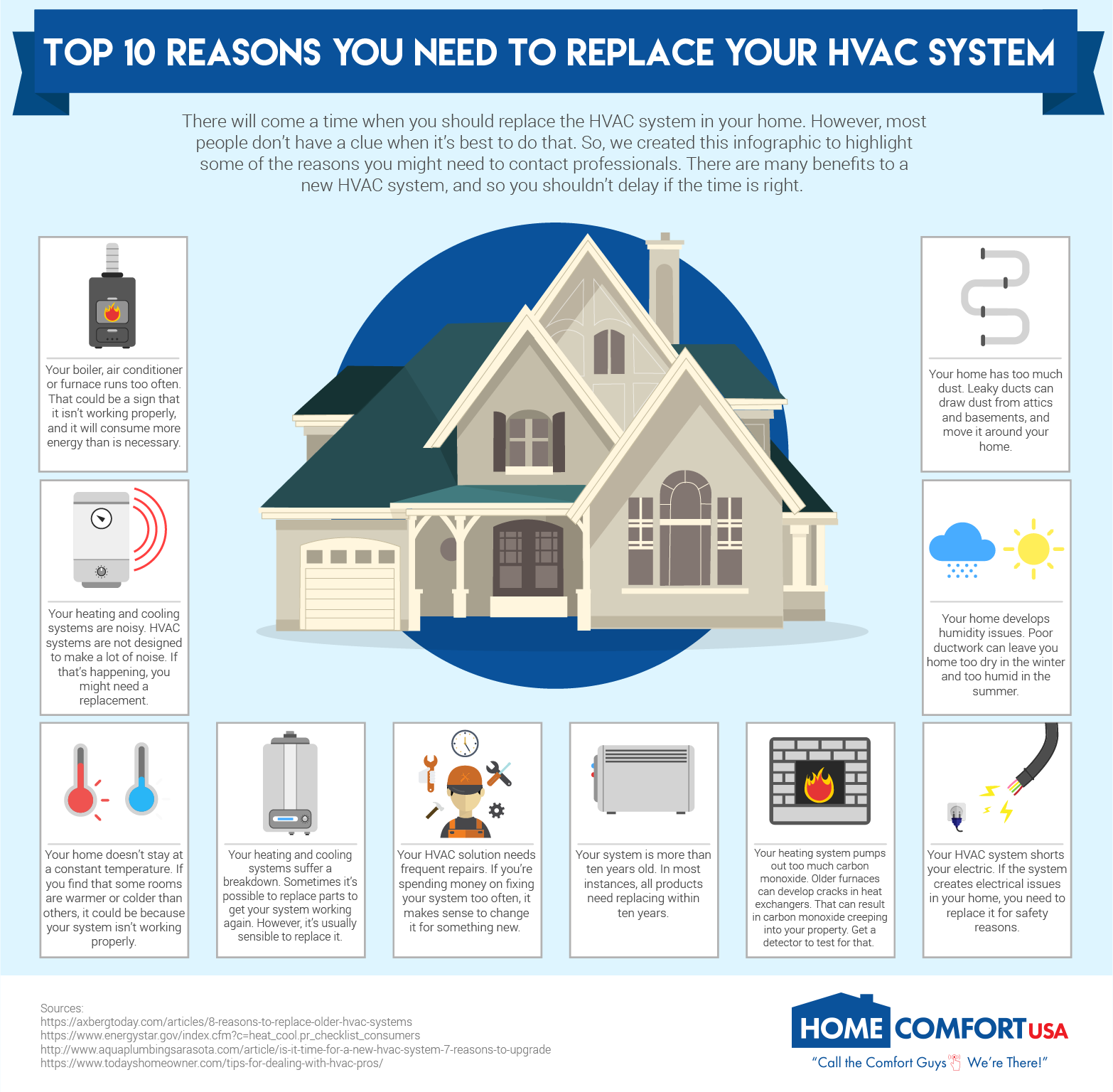Regular Errors To Stay Away From When Mounting A Heatpump
Regular Errors To Stay Away From When Mounting A Heatpump
Blog Article
Written By-Parrish McFarland
When mounting a heatpump, you need to stay away from common mistakes that might jeopardize its efficiency. https://www.nny360.com/top_stories/national-grid-offers-tips-on-reducing-energy-consumption-during-summer/article_6df8a1cd-b452-5346-aded-653d190cd92b.html might cause inefficiencies and higher utility expenses. Neglecting https://averagecosttoreplaceheatp87531.liberty-blog.com/31293505/signaling-noises-and-unstable-temperature-levels-may-indicate-feasible-heatpump-troubles-it-is-critical-to-spot-these-early-indications-to-avoid-escalation and securing might lead to energy waste and pressure on the device. Furthermore, placing the exterior system incorrectly might influence its efficiency. By avoiding air conditioning installer , you can make certain optimum functioning and resilience of your heat pump system.
Improper Sizing of Heatpump
When it comes to the installation of heatpump, one of one of the most typical blunders is improperly sizing the unit for your space. Making sure Suggested Reading is essential for optimum performance. If the heat pump is too tiny, it will certainly struggle to warm or cool your area efficiently, leading to increased power bills and prospective wear and tear on the unit.
On the other hand, if the heat pump is also huge, it will certainly cycle on and off often, causing temperature level changes and reducing its life-span.
To prevent this error, it's vital to have a professional analyze your area and recommend the appropriate dimension of the heatpump based upon factors like square footage, insulation, ceiling elevation, and neighborhood environment. By investing the time and initiative to make certain the correct sizing, you can delight in a comfortable setting while taking full advantage of energy performance and prolonging the life expectancy of your heat pump.
Inadequate Insulation and Sealing
To guarantee the efficient operation of your heatpump, it's crucial to attend to insufficient insulation and securing in your area. Proper insulation helps preserve a consistent temperature level inside your home, minimizing the work on your heatpump. Inadequate insulation can bring about power loss, making your heat pump job harder and much less efficiently.
Sealing any type of voids or leakages in your area is similarly crucial. These gaps permit conditioned air to leave and exterior air to seep in, requiring your heatpump to make up for the temperature variations.
Incorrect Placement of Outdoor Unit
Attending to the positioning of your heatpump's outside unit is vital to optimizing its performance. Setting up the outdoor system in an incorrect place can cause effectiveness issues and potential damages to the system.
One common mistake to avoid is positioning the outdoor system as well near a wall surface or other structures. This can restrict airflow, causing the unit to function more challenging to warmth or cool your room, ultimately lowering its effectiveness and lifespan.
One more mistake to stay away from is placing the outdoor device in direct sunlight. While some sunlight is inescapable, extreme direct exposure can cause overheating, particularly throughout hot summertime days. It's finest to position the outdoor device in a shaded location to assist maintain its optimal operating temperature level.
Additionally, ensure that the outdoor device is positioned on a secure and degree surface. Unequal ground can trigger vibrations and unneeded stress on the device, influencing its performance in time.
Verdict
To conclude, avoiding typical mistakes during heatpump setup is important for optimizing performance and longevity of your system. By guaranteeing appropriate sizing, adequate insulation, sealing, and proper placement of the outdoor device, you can prevent issues such as inadequacies, boosted power expenses, and strain on the unit. Making the effort to address these vital elements will eventually save you time and money in the long run.
